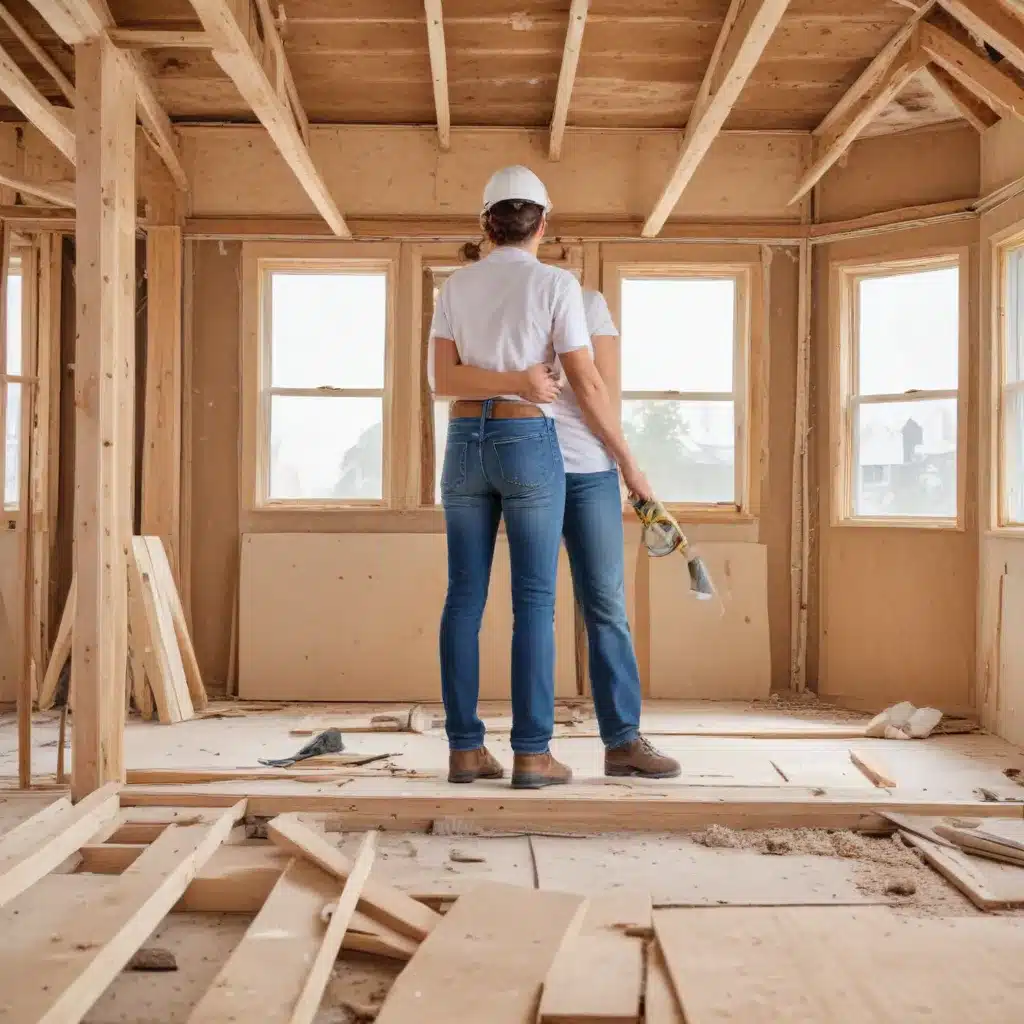As an experienced home improvement consultant, I’ve seen firsthand how strategic renovations can significantly boost a home’s resale value. Whether you’re preparing to list your property or simply want to enhance its long-term worth, the right upgrades can make all the difference. In this comprehensive guide, we’ll explore a range of projects – from budget-friendly curb appeal boosters to eco-friendly enhancements and family-friendly designs – that can deliver a strong return on your investment.
Identifying Valuable Improvements
Not all renovations are created equal when it comes to recouping costs and increasing a home’s market value. The key is to focus on improvements that offer the highest return on investment (ROI). According to the 2024 Cost vs. Value Report from Remodeling magazine, the top projects with the best payback include:
Increasing Curb Appeal
Garage Door Replacement: Swapping out an outdated garage door with a stylish, modern alternative can provide nearly a 100% ROI. This relatively simple upgrade instantly enhances a home’s curb appeal, which is a major factor for prospective buyers.
Front Door Replacement: Investing in a new steel or fiberglass entry door is another smart way to boost curb appeal and energy efficiency, with an impressive ROI of around 188%.
Manufactured Stone Veneer: Adding a touch of natural elegance with a stone veneer accent on the home’s exterior can recoup nearly all of the project’s costs at resale.
Kitchen and Bathroom Upgrades
While extensive kitchen and bath renovations may not offer the same high ROI, strategic midrange updates can still be a worthwhile investment. A minor kitchen remodel focused on cosmetic changes like cabinet refacing, new countertops, and energy-efficient appliances can recover around 96% of its costs.
In the bathroom, a midrange remodel involving updates to fixtures, finishes, and layout can deliver a 74% ROI on average. Avoid costly major overhauls, as they tend to have a lower payback.
Energy-Efficient Enhancements
As homebuyers become increasingly eco-conscious, improvements that boost a home’s energy efficiency can be a major selling point. Projects like converting a furnace to an electric heat pump or adding attic insulation can provide a solid return, despite recent fluctuations in energy prices.
Budgeting for Renovations
Determining an accurate budget is crucial when planning any home renovation project. Start by researching typical costs in your local market using online resources or consulting with contractors. Factor in not just the materials and labor, but also any necessary permits, inspections, and potential surprises that may arise during the work.
Financing Options
While paying in cash is ideal, many homeowners leverage their home’s equity to fund renovations. Home equity loans and HELOCs (home equity lines of credit) allow you to borrow against the value of your property, often at lower interest rates than personal loans or credit cards. Just be mindful of the risks, as your home is used as collateral.
Another option is to explore government-backed renovation loans, such as the FHA 203(k) program, which provide financing for both the home purchase and improvement costs. These can be particularly beneficial for first-time or low-income homebuyers.
Return on Investment
When evaluating potential projects, always consider the estimated ROI. The “2024 Cost vs. Value Report” is an excellent resource for researching the average costs and resale values of various renovations in your local market. By focusing on improvements with the highest projected payback, you can maximize the return on your renovation investment.
Enhancing Functionality
While boosting a home’s aesthetic appeal is important, it’s equally crucial to address any functional or layout issues. Renovations that improve the overall livability and efficiency of a space can significantly enhance its value.
Repurposing Unused Spaces
Converting an unfinished basement, attic, or garage into usable living areas can instantly add square footage and appeal to potential buyers. These types of projects often have a lower cost per square foot compared to a full addition.
Optimizing Floor Plans
Reconfiguring your home’s layout to create a more open, flow-friendly design can make a significant difference. This might involve removing non-load-bearing walls, expanding doorways, or strategically placing windows to maximize natural light.
Modernizing Layouts
Bringing outdated kitchens, bathrooms, and other spaces into the 21st century with contemporary cabinetry, fixtures, and finishes can breathe new life into a home. Focus on creating a cohesive, visually appealing aesthetic that appeals to a wide range of buyers.
Appealing to Potential Buyers
When preparing your home for the market, it’s essential to consider the wants and needs of your target audience. Thoughtful renovations that cater to buyer preferences can make your property stand out in a crowded real estate landscape.
Highlighting Unique Features
Whether it’s a cozy window nook, a multipurpose mudroom, or a luxurious primary suite, emphasize the distinctive elements that set your home apart. These unique touches can be powerful selling points.
Creating a Neutral Aesthetic
While personal style is important, it’s wise to aim for a neutral, versatile design palette when renovating for resale. This allows potential buyers to easily envision themselves and their own furnishings in the space, making it more appealing to a broader audience.
Leveraging Staging Techniques
Professional home staging can work wonders in showcasing your renovated spaces to their full potential. Strategic furniture placement, decluttering, and accessorizing can help buyers visualize the home’s livability and maximize its perceived value.
By focusing on high-ROI projects, budgeting wisely, enhancing functionality, and appealing to prospective buyers, you can transform your home into a must-have property on the market. Remember, the Reluctant Renovator community is always here to provide support, inspiration, and practical guidance throughout your renovation journey.




